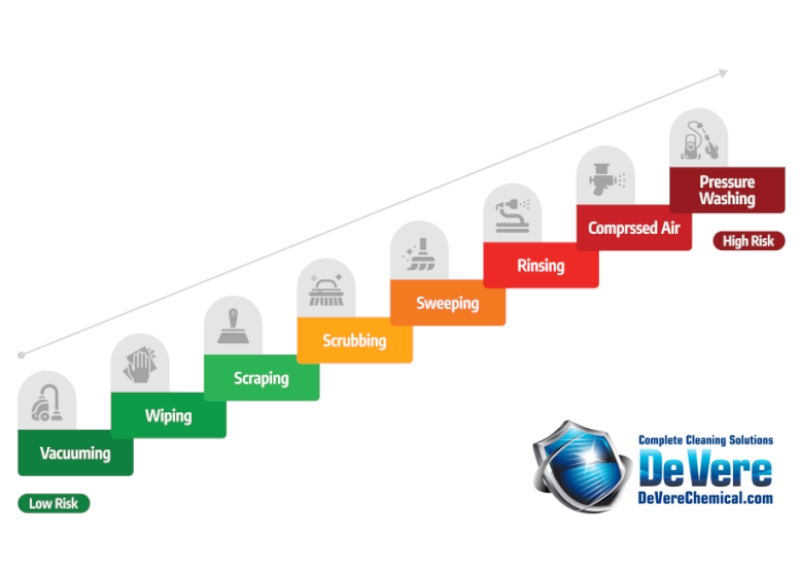AMIF Study Validates Quaternary Ammonia and Hydrogen Peroxide Powder Listeria monocytogenes Control
A validation of quaternary ammonia and hydrogen peroxide powder for controlling Listeria monocytogenes in ready-to-eat meat and poultry processing facilities was recently conducted by the Silliker Inc., Food Science Center. This AMIF-funded study, conducted in two phases, first examined inactivation of L. monocytogenes by dry quaternary ammonia and hydrogen peroxide then examined inactivation at different moisture levels. The objective of Phase I of these experiments was to understand the effectiveness of dry powdered quaternary ammonia and hydrogen peroxide to inactivate L. monocytogenes levels on clean and soiled fl oor tiles. The fundamental questions addressed include: How long does it take the chemical to react with the microorganism and inactivate it; and is the chemical effective on soiled surfaces; and is 1,000 ppm adequate to kill all Listeria on a surface. Researchers found that the survival of L. monocytogenes on the fl oor tiles was infl uenced by the presence of organic components. Quaternary ammonia was not effective against L. monocytogenes on clean or soiled dry surfaces, while hydrogen peroxide was effective against L. monocytogenes on clean or soiled dry surfaces. The objective of Phase II experiments was to understand the effectiveness of powdered quaternary ammonia and hydrogen peroxide to inactivate L. monocytogenes on clean and soiled fl oors at two moisture levels. The fundamental question to be answered was: is the dry chemical effective, or does it require water/moisture in order to work? Results from Phase 2 showed quaternary ammonia was influenced by moisture. It required moisture to become effective against L. monocytogenes and its effi cacy increased with an increase in moisture level. The efficacy of hydrogen peroxide was more signifi cant in the presence of moisture. Overall, hydrogen peroxide was more effective against L. monocytogenes under similar conditions compared to quaternary ammonia. The final report is available at http://www.amif.org/ht/a/GetDocumentAction/i/71609.




Thanks for providing such an awesome site. It has been a pleasure to read.
Statement about Security Floor Treatment just approved:
McCain Foods in Appleton successfully uses the product and has been very satisfied with the results.
Hi Kevin, Security Floor Treatment steadily releases biocidal oxygen until the product is consumed. Until that point, there is active product where it was applied. The product should be replaced when the pH drops below 9.0. Product applications typically last for two shifts. pH only needs to be checked in highly sensitive areas where there is a lot of organic load and/or bacteria to consume the oxygen.
The product needs to be reapplied when the material is removed as part of a nightly/regularly-scheduled cleaning process or when the pH drops below 9.0.
Thank you,
Randy
What residual, if any, does the hydrogen peroxide (Securty Floor Treatment) have? Does the hydrogen peroxide need to be reapplied after moister has been introduced?
Thank you Randy.